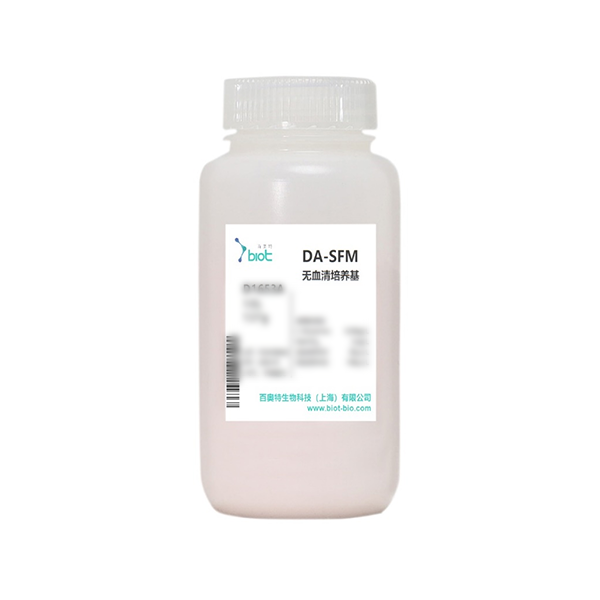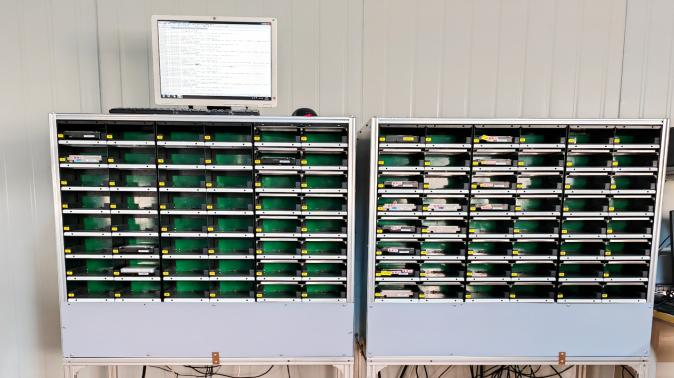With the continuous development of the breeding industry, the diversification and refined management of feed have become particularly important. As one of the indispensable equipment in modern breeding industry, the function and performance of feed mixer directly affect the quality of feed and the growth and health of animals. So, can feed mixer be effectively used to mix different types of feed raw materials? This article will discuss this issue in depth.
Basic working principle of feed mixer:
Feed mixer is a kind of equipment specially used for mixing powdered or granular materials. It uses mechanical force to make different feed raw materials achieve uniform mixing effect in a short time. The working principle of feed mixer is usually to achieve material mixing through rotating mixing blades or screw conveyors. The design of this equipment enables it to handle feed raw materials in various physical forms, from coarse grains to fine powders. According to different structural forms, it can be divided into vertical feed mixer, horizontal feed mixer and combined type. Regardless of the type of mixer, its core purpose is to ensure that various feed raw materials are fully mixed during the mixing process to achieve a balanced nutrition effect.
Necessity of mixing different types of feed raw materials:
In the actual breeding process, in order to meet the different stages and specific needs of animal growth, it is often necessary to mix a variety of feed raw materials. For example, in order to increase the milk production of dairy cows, it may be necessary to mix high-energy corn and high-protein soybean meal in a certain proportion; while for broilers, a certain amount of vitamin and mineral premixes need to be added. Therefore, the feed mixer must be able to adapt to the mixing requirements of these different types of feed raw materials.
Adaptability of feed mixers to different types of feed raw materials
Physical properties: Feed mixers can handle feed raw materials in various physical forms from coarse grains to fine powders. However, for some raw materials with special properties, such as oils or liquid additives, special mixing techniques or pretreatment may be required to ensure uniform mixing.
Chemical composition: Different feed raw materials contain different nutrients, such as protein, fat, carbohydrates, etc. Feed mixers need to be able to ensure that these ingredients are not destroyed during the mixing process to maintain the nutritional value of the feed.
Mixing ratio: Different feed raw materials need to be mixed in a specific ratio to meet the nutritional needs of animals. Feed mixers must have the ability to accurately control the mixing ratio to ensure the quality of the feed.

Precautions when using feed mixers to mix different types of feed raw materials:
Cleaning and hygiene: Before using a feed mixer, it is necessary to ensure that the inside of the equipment is clean to avoid cross-contamination of feed raw materials from different batches.
Maintenance and care: Check and maintain the feed mixer regularly to ensure that the mixing blades and screw conveyor are intact to ensure the mixing effect.
Operator training: Personnel operating the feed mixer should receive professional training and understand the operating procedures and safety knowledge of the equipment to avoid feed waste or safety accidents caused by operating errors.
Mixing time and speed: Different types of feed raw materials require different mixing times and speeds. For example, for raw materials with high density and poor fluidity, longer mixing times and higher mixing speeds may be required.
Temperature control: In some cases, such as mixing fermented feed containing active bacteria, it is necessary to control the temperature during the mixing process to ensure the activity of the bacteria.
Feed mixers are important tools for achieving uniform mixing of feed raw materials, and they can adapt to the needs of mixing different types of feed raw materials. However, in order to ensure the mixing effect and feed quality, attention should be paid to the cleaning and sanitation of the equipment, maintenance, operator training, and control of mixing parameters when using feed mixers. Through reasonable operation and management, feed mixers can effectively improve the nutritional value and utilization efficiency of feed, thereby promoting the healthy development of animal husbandry and breeding industries.
As a feed mixer company from China, we are well aware of the importance of mixing different feed raw materials to the breeding industry. Our equipment is well designed and can efficiently process feed raw materials in various physical forms, from coarse grains to fine powders, to ensure that the nutrients are not destroyed while maintaining the accuracy of the mixing ratio. We are committed to providing mixers that are easy to operate and maintain, and attach importance to user training to ensure that each equipment can achieve maximum efficiency, help customers improve feed quality, and promote the sustainable development of animal husbandry.
https://www.fast-js.com/
Jiangsu FAST Intelligent Equipment Co., Ltd.




